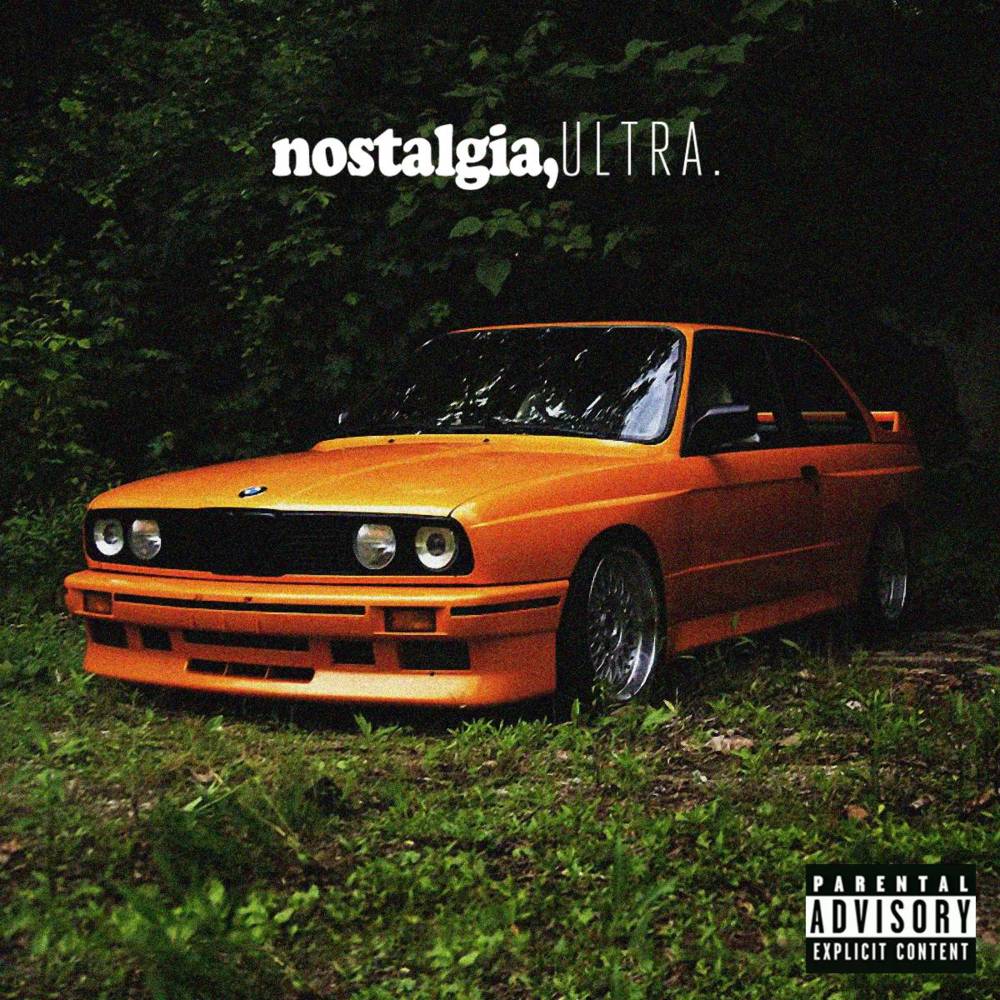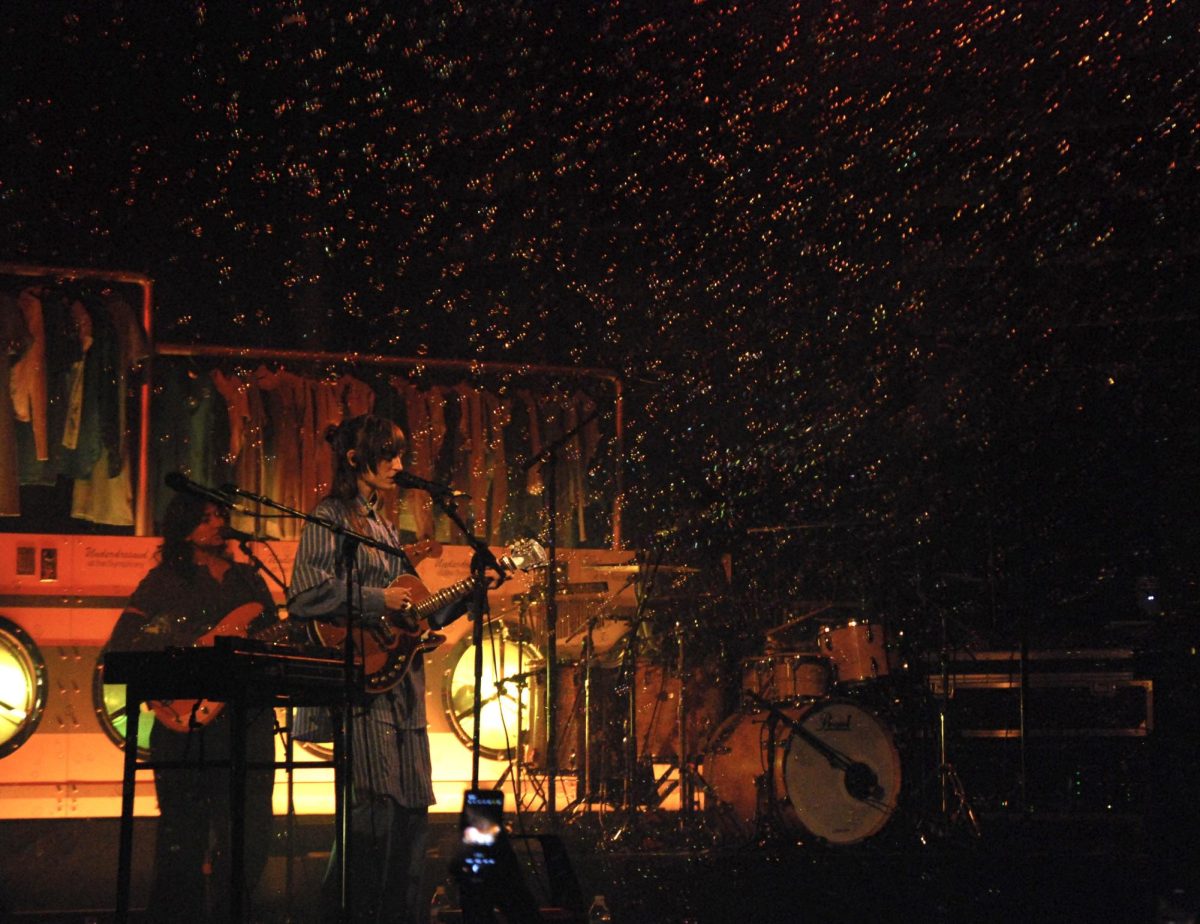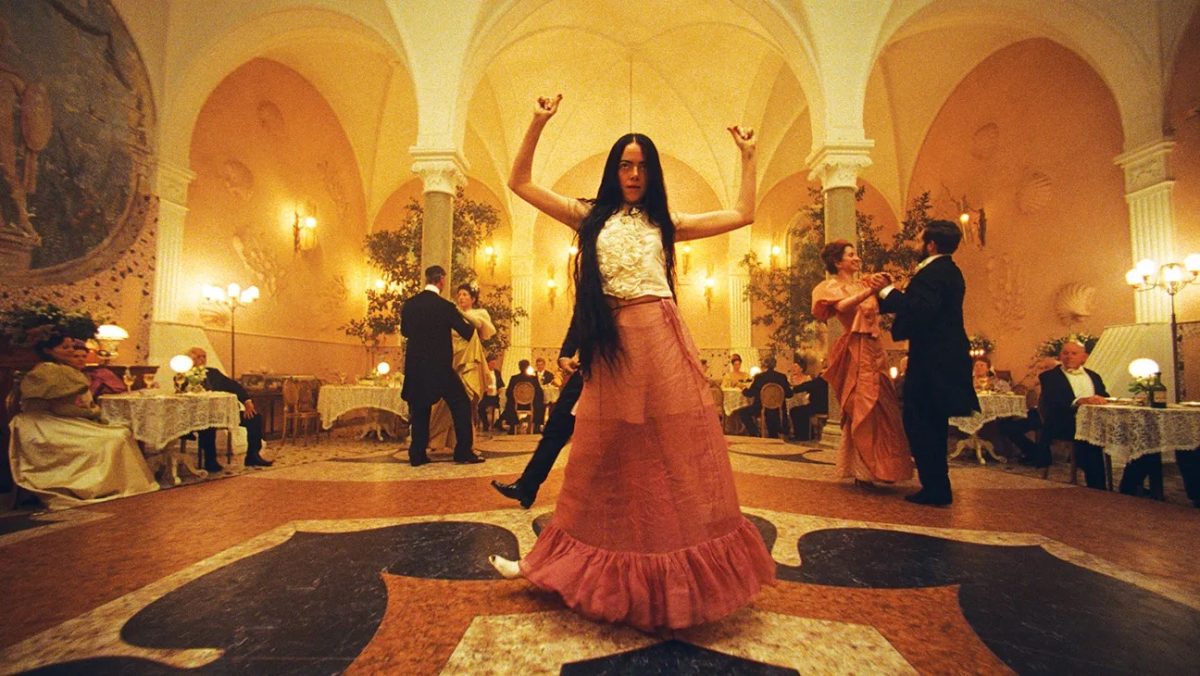Today, Frank Ocean is regarded as one of the defining artists of our generation. His two albums — “Channel Orange” and “Blonde” — are highly regarded by fans and critics alike, the former album having won him a Grammy for Best Contemporary Urban Album in 2013. Looking back at the impact both “Channel Orange” and “Blonde” had on music and pop culture alike, it’s hard to believe that just a couple of years prior to this win, the “Nikes” singer was practically unknown. A ghostwriter working under the name Christopher Breaux, Frank Ocean worked in Los Angeles writing for the likes of Beyonce and Justin Bieber — check out Frank’s rendition of Bieber’s “Big Enough.” After being shelved by Def Jam, Frank Ocean exploded onto the scene with his 2011 debut free-to-download mixtape, “nostalgia, ULTRA.” Looking back, the 14-track project planted the seeds for what fans would eventually see on his later projects.
“nostalgia, ULTRA” showcases Frank Ocean’s affinity for storytelling through music, a thematic throughline that appears on both “Channel Orange” and “Blonde.” In similar fashion to “Channel Orange,” “nostalgia, ULTRA”’s narratives about loss and heartbreak are, for the most part, fictional. While these songs convey the emotions that Ocean has probably felt at some point in his life, he has never experienced being left behind by a spaceship that’s jetting his lover off to space — at least, not to my knowledge. On “Channel Orange,” Ocean similarly spins fictional tales inspired by Quentin Tarantino’s Jackie Brown or about the hopeless love between a man and a sex worker at the Las Vegas Pyramid hotel. Ocean draws listeners in with sweet melodies and sticky hooks, but adds a layer of emotional depth through the stories he weaves into his songs. Despite this, “nostalgia, ULTRA” is not an entirely fictional project. On the track “There Will be Tears,” Frank sings about the struggles that come with having an absent father figure, something the singer has been open about in the past. Over a glitched-out beat, Frank wails about having to hide his tears from his friends, touching on the social pressures that are often forced on young men to be stoic and emotionless. This introspective, biographical approach to songwriting would serve Frank later on when working on “Blonde.” In a letter written for his magazine, “Boys Don’t Cry,” Frank tells the story of a conversation between him and a childhood friend that inspired him to focus on his own life experiences, noting that this conversation would inspire him to create “Blonde.”
One can hardly talk about Frank Ocean and his music without mentioning his love of cars. The orange BMW E30 featured on the cover of “nostalgia, ULTRA” has become practically synonymous with Frank Ocean, but his appreciation of cars goes deeper than just album artwork. On “Swim Good,” Frank sings about his Lincoln car whose vast trunk space he uses to carry his broken heart. On the controversial “American Wedding” — which drew ire from Eagles’ founder Don Henley for being “not creative” and “illegal” — he sings about a 5.0 Ford Mustang that he gives his wife as a result of their divorce. In both of these instances, the cars serve as more than just vehicles for Ocean: they’re vessels for his emotions, as well as markers for the different periods in his life. On “Futura Free,” the last track from “Blonde,” Frank sings, “Remember when I had that Lexus? / Nah, our friendship don’t go back that far.” This is a nod towards his use of cars as reference points to the different points in his friendships and relationships.
“nostalgia, ULTRA” differs from both “Channel Orange” and “Blond” in that it is largely built on samples from other songs and artists. It provides a window into the pop music sphere of 2011, with samples from MGMT’s “Electric Feels” and Coldplay’s “Strawberry Swing,” while incorporating older sounds through Ocean’s reworking of The Eagles’ “Hotel California” instrumental — much to the band’s chagrin. Despite relying so heavily on the sound of the time period from which it emerged, “nostalgia, ULTRA” still manages to sound new and exciting, even 10 years after its release. This is in large part due to Frank Ocean’s superb writing and delivery, which take center stage throughout the project. Were Ocean’s songwriting and vocal abilities not so strongly honed, these samples would easily overpower and draw attention away from them — especially given how recognizable some of them are. It was a big creative risk for Ocean to take but one that paid off immensely; “nostalgia, ULTRA” introduced Frank Ocean to the world as an unstoppable musical force.
Although it has been 10 years since its release, “nostalgia, ULTRA” has undoubtedly become a cult classic among those who are fortunate enough to find it in some dark corner of the internet. The 14-track mixtape laid the foundation for one of the most recognizable and important artists of the 2010s, hiding within it hints of ideas that the world would see come to fruition on two of the most important R&B records of the past decade.
Image courtesy of Stereogum.








